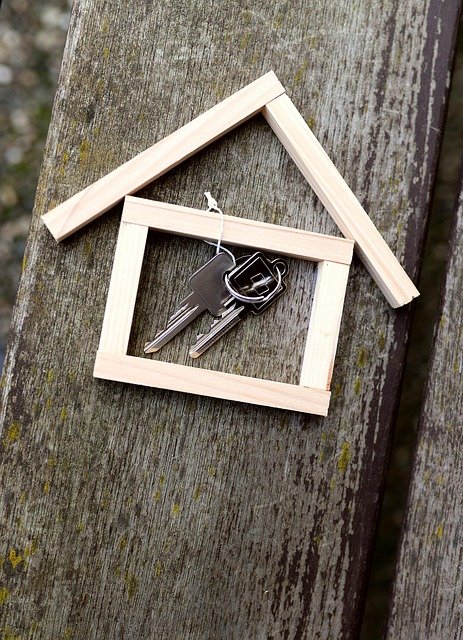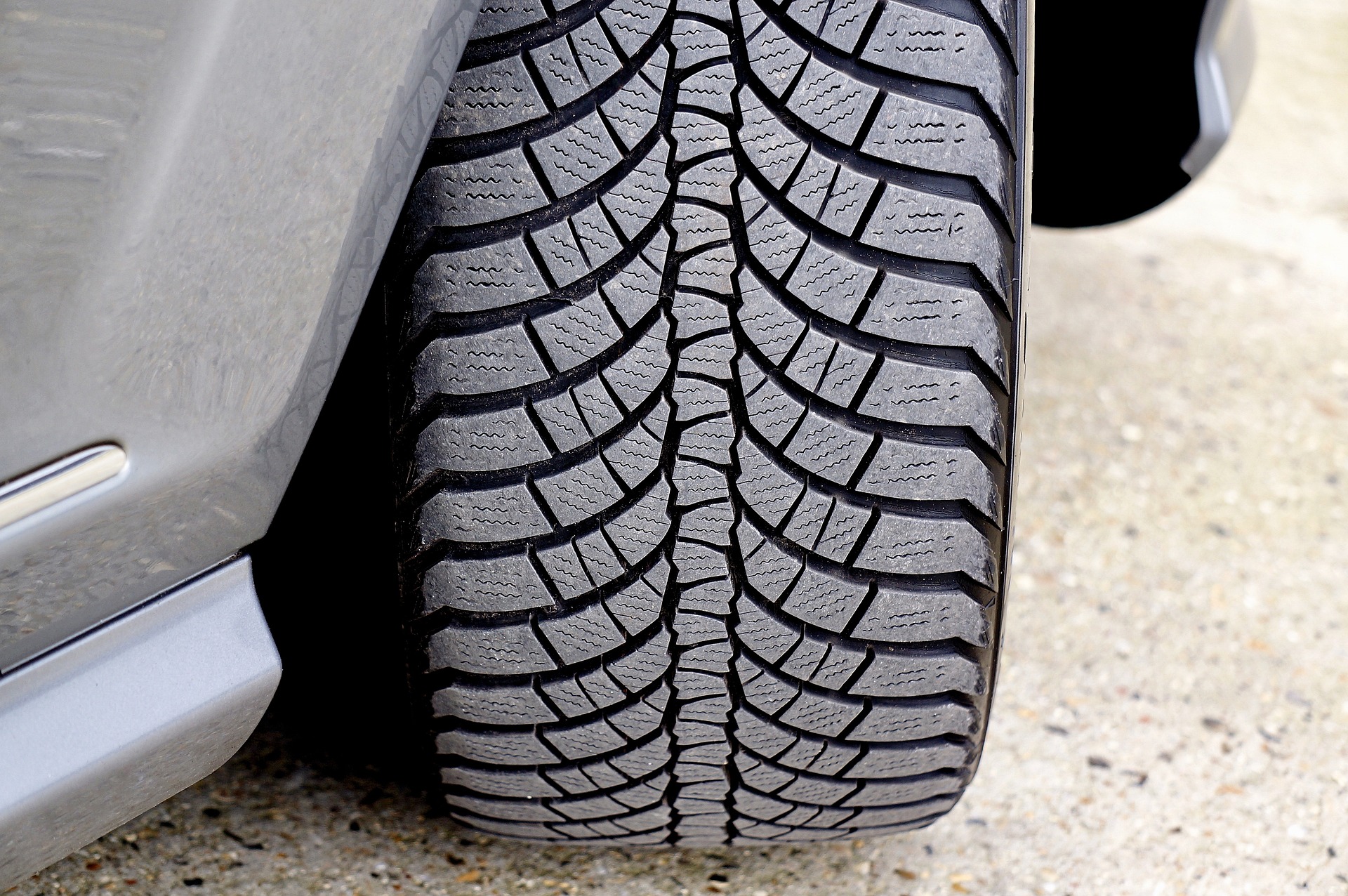Prefabricated Homes: A Comprehensive Guide for Senior Living in Australia
Prefabricated homes, also known as prefab or modular homes, have gained popularity in recent years as a practical and affordable housing solution for seniors in Australia. These homes are manufactured off-site in controlled factory environments and then transported to their final location for assembly. This method of construction offers numerous benefits, particularly for older adults seeking comfortable and accessible living arrangements.

How do prefab homes make senior living affordable and practical?
Prefabricated homes offer several advantages that make them an affordable and practical choice for seniors in Australia. The controlled factory environment in which these homes are built allows for greater efficiency in the construction process, reducing both time and labor costs. This streamlined approach often results in lower overall prices compared to traditional on-site construction methods.
Additionally, prefab homes can be customized to meet the specific needs of seniors without incurring significant additional expenses. Features such as wider doorways, accessible bathrooms, and single-level living can be easily incorporated into the design, eliminating the need for costly renovations later on. The ability to choose from a range of pre-designed floor plans also helps seniors find a layout that suits their lifestyle and budget.
What are the essential cost factors for 2-bedroom senior bungalows?
When considering a 2-bedroom prefab bungalow for senior living, several key cost factors come into play. The base price of the home itself is typically the most significant expense, but it’s important to account for additional costs that can impact the overall investment:
-
Land acquisition: The cost of purchasing or leasing the land where the home will be placed.
-
Site preparation: Expenses related to clearing, leveling, and preparing the site for installation.
-
Transportation: Fees associated with delivering the prefab modules to the construction site.
-
Assembly and installation: Labor costs for setting up and connecting the home on-site.
-
Utility connections: Expenses for connecting the home to local water, sewage, and electrical systems.
-
Customization options: Additional costs for senior-friendly features or upgrades.
-
Permits and inspections: Fees for necessary building permits and regulatory inspections.
Understanding these cost factors can help seniors better plan and budget for their prefab home investment.
Why are modular bungalows a smart housing choice for seniors?
Modular bungalows offer several advantages that make them particularly well-suited for senior living:
-
Single-level living: Bungalows eliminate the need for stairs, reducing the risk of falls and making daily activities more manageable.
-
Customization: Modular designs can be easily adapted to include senior-friendly features without extensive modifications.
-
Low maintenance: Factory-built components often require less upkeep than traditional construction, easing the burden on older residents.
-
Energy efficiency: Modern prefab homes are typically designed with energy-saving features, potentially reducing utility costs for seniors on fixed incomes.
-
Faster construction: Shorter build times mean seniors can move into their new homes more quickly, minimizing disruption to their lives.
-
Community integration: Modular bungalows can be placed in existing neighborhoods or purpose-built senior communities, promoting social connections and access to amenities.
These factors contribute to making modular bungalows an intelligent and practical housing solution for seniors seeking comfort, convenience, and independence.
What design features make prefab homes senior-friendly?
Prefab homes can incorporate various design elements that cater specifically to the needs of older adults:
-
Open floor plans: Spacious layouts with fewer walls improve mobility and accessibility.
-
Wide doorways and hallways: Accommodate wheelchairs and walkers for easier navigation.
-
Lever-style door handles: Easier to operate for those with limited hand dexterity.
-
Accessible bathrooms: Walk-in showers, grab bars, and raised toilets enhance safety and comfort.
-
Non-slip flooring: Reduces the risk of falls throughout the home.
-
Adequate lighting: Well-lit spaces improve visibility and reduce trip hazards.
-
Lower countertops and cabinets: Improve accessibility in kitchens and bathrooms.
-
Smart home technology: Automated systems for lighting, temperature control, and security can be easily integrated.
-
Covered entryways: Provide protection from the elements when entering or exiting the home.
-
Low-maintenance exteriors: Durable materials reduce the need for ongoing upkeep.
These features not only enhance safety but also promote independence and comfort for seniors living in prefab homes.
Understanding costs and options for modular homes in Australia
When considering a modular home for senior living in Australia, it’s essential to understand the range of options available and their associated costs. While prices can vary depending on location, size, and customization, the following table provides an overview of some modular home providers and their offerings:
| Provider | Home Type | Size | Estimated Base Price Range (AUD) |
|---|---|---|---|
| Modular Homes Australia | 2-bedroom bungalow | 60-80 m² | $150,000 - $200,000 |
| Westbuilt Homes | 2-bedroom modular | 70-90 m² | $180,000 - $230,000 |
| Swanbuild | 2-bedroom prefab | 65-85 m² | $160,000 - $210,000 |
| Valley Kit Homes | 2-bedroom kit home | 55-75 m² | $100,000 - $150,000 |
Prices, rates, or cost estimates mentioned in this article are based on the latest available information but may change over time. Independent research is advised before making financial decisions.
It’s important to note that these base prices typically do not include land costs, site preparation, or additional customization for senior-specific features. When budgeting for a modular home, seniors should factor in these additional expenses to get a more accurate picture of the total investment required.
The modular home market in Australia offers a wide range of options to suit various budgets and preferences. From basic models to more luxurious designs, seniors can choose homes that balance their needs for comfort, accessibility, and affordability. Some providers also offer financing options or turnkey packages that can simplify the process of acquiring and setting up a prefab home.
In conclusion, prefabricated homes present a compelling housing solution for seniors in Australia. By offering affordability, practical design features, and customization options, these homes address many of the unique challenges faced by older adults in the housing market. As the popularity of prefab homes continues to grow, seniors have an increasing number of options to choose from, allowing them to find a home that not only meets their current needs but also adapts to their future requirements. With careful consideration of costs, design features, and available options, prefab homes can provide seniors with comfortable, safe, and independent living environments for years to come.




